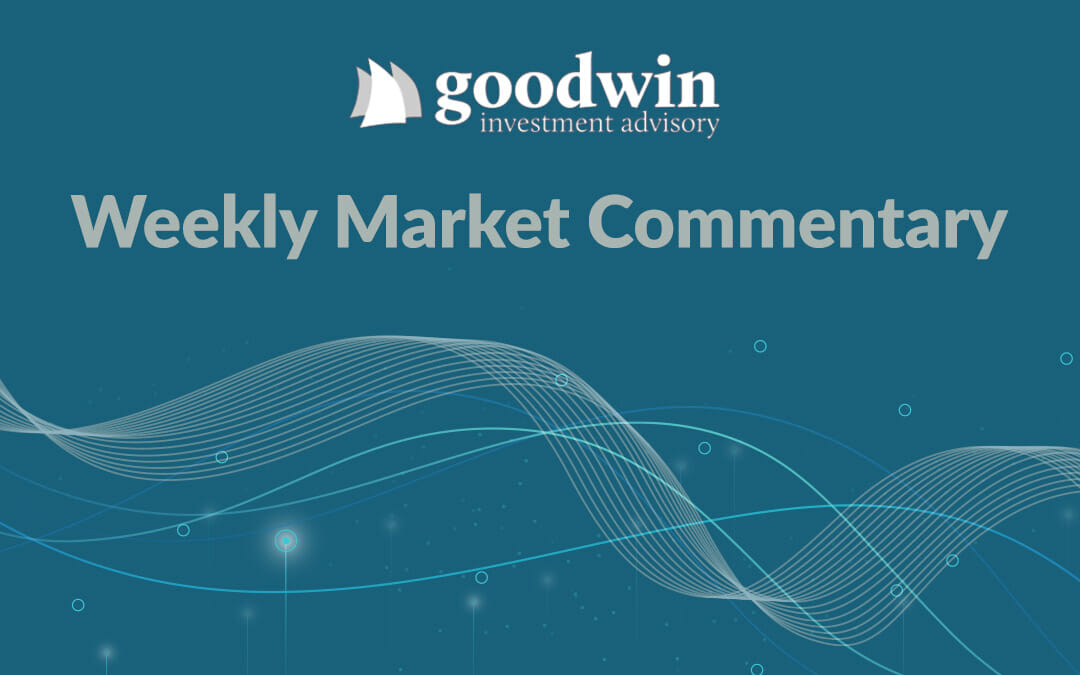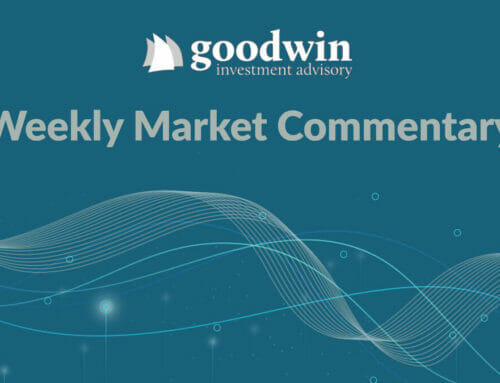July 3, 2023
The Markets
Showing remarkable resilience.
Throughout the first half of 2023, the U.S. economy and financial markets proved to be resilient – and so did investors. U.S. stock markets moved higher amid enthusiasm for artificial intelligence and expectations that the Federal Reserve’s tightening cycle might be near an end. The Standard & Poor’s 500 Index entered a bull market and the Nasdaq Composite Index delivered its best first-half performance in 40 years, gaining more than 30 percent over the period, reported Barron’s.
So far this year, many investors have remained optimistic amid significant uncertainty that included:
- A banking crisis and tighter credit. In March, three U.S. regional banks failed, creating concern about the health of mid-sized banks. While the situation has stabilized, banks have become more cautious about lending, making it more challenging for businesses and individuals to find funding, reported Nicole Goodkind of CNNBusiness.
- Debt-ceiling turmoil. Before Congress passed legislation raising the debt ceiling, some pundits were predicting a calamitous outcome for financial markets, featuring falling stock prices and rapidly rising bond yields. Fortunately, Congress reached an agreement, and we didn’t need to find out.
- A rate-cycle-expectations gap. During the first six months of this year, the bond market expected the Federal Reserve (Fed) to pivot and begin lowering rates during the second half of the year, reported John Authers of Bloomberg. However, in late June, Fed Chair Jerome Powell stated the Fed was likely to raise rates two or more times during 2023.
- Stubbornly high inflation. Prices are rising more slowly; however, inflation is still well above the Fed’s two percent target. Last week, the Personal Consumption Expenditures (PCE) Price Index showed headline inflation was 3.8 percent year-over-year, while core inflation, which excludes food and energy, was 4.6 percent.
- Mixed economic messages. The post-pandemic economy has been full of surprises. The economy has generally been stronger than many anticipated, although some parts of the economy suffered. “The U.S. is experiencing a ‘rolling recession’ that may be followed by a ‘rolling expansion’ as the parts of the economy that weakened first start to recover,” according to a source cited by Lauren Foster of Barron’s. One example is the single-family housing market, which fell into recession as borrowing costs rose and has begun to improve.
- A new bull market. In June, the Standard & Poor’s 500 Index reached a bull-market marker. The Index was 20 percent higher than its previous low, which occurred in October 2022. Initially, gains were driven by a relatively small number of stocks; however, a broader swath of stocks gained as the month progressed, reported Jack Pitcher of The Wall Street Journal.
It’s likely that uncertainty and volatility will continue. Last week, major U.S. stock indices finished higher, reported Barron’s Data.11 Yields on most U.S. Treasuries finished the week higher.

Weekly Focus – Think About It
“We hold these truths to be self-evident, that all men are created equal, that they are endowed by their Creator with certain unalienable Rights, that among these are Life, Liberty and the pursuit of Happiness.”
—The United States Declaration of Independence (Happy Fourth of July!)
Required Disclosures:
* These views are those of Carson Coaching, not the presenting Representative, the Representative’s Broker/Dealer, or Registered Investment Advisor, and should not be construed as investment advice.
* This newsletter was prepared by Carson Coaching. Carson Coaching is not affiliated with the named firm or broker/dealer.
* Government bonds and Treasury Bills are guaranteed by the U.S. government as to the timely payment of principal and interest and, if held to maturity, offer a fixed rate of return and fixed principal value. However, the value of fund shares is not guaranteed and will fluctuate.
* Corporate bonds are considered higher risk than government bonds but normally offer a higher yield and are subject to market, interest rate and credit risk as well as additional risks based on the quality of issuer coupon rate, price, yield, maturity, and redemption features.
* The Standard & Poor’s 500 (S&P 500) is an unmanaged group of securities considered to be representative of the stock market in general. You cannot invest directly in this index.
* All indexes referenced are unmanaged. The volatility of indexes could be materially different from that of a client’s portfolio. Unmanaged index returns do not reflect fees, expenses, or sales charges. Index performance is not indicative of the performance of any investment. You cannot invest directly in an index.
* The Dow Jones Global ex-U.S. Index covers approximately 95% of the market capitalization of the 45 developed and emerging countries included in the Index.
* The 10-year Treasury Note represents debt owed by the United States Treasury to the public. Since the U.S. Government is seen as a risk-free borrower, investors use the 10-year Treasury Note as a benchmark for the long-term bond market.
* Gold represents the 3:00 p.m. (London time) gold price as reported by the London Bullion Market Association and is expressed in U.S. Dollars per fine troy ounce. The source for gold data is Federal Reserve Bank of St. Louis (FRED), https://fred.stlouisfed.org/series/GOLDPMGBD228NLBM.
* The Bloomberg Commodity Index is designed to be a highly liquid and diversified benchmark for the commodity futures market. The Index is composed of futures contracts on 19 physical commodities and was launched on July 14, 1998.
* The DJ Equity All REIT Total Return Index measures the total return performance of the equity subcategory of the Real Estate Investment Trust (REIT) industry as calculated by Dow Jones.
* The Dow Jones Industrial Average (DJIA), commonly known as “The Dow,” is an index representing 30 stock of companies maintained and reviewed by the editors of The Wall Street Journal.
* The NASDAQ Composite is an unmanaged index of securities traded on the NASDAQ system.
* International investing involves special risks such as currency fluctuation and political instability and may not be suitable for all investors. These risks are often heightened for investments in emerging markets.
* Yahoo! Finance is the source for any reference to the performance of an index between two specific periods.
* The risk of loss in trading commodities and futures can be substantial. You should therefore carefully consider whether such trading is suitable for you in light of your financial condition. The high degree of leverage is often obtainable in commodity trading and can work against you as well as for you. The use of leverage can lead to large losses as well as gains.
* Opinions expressed are subject to change without notice and are not intended as investment advice or to predict future performance.
* Economic forecasts set forth may not develop as predicted and there can be no guarantee that strategies promoted will be successful.
* Past performance does not guarantee future results. Investing involves risk, including loss of principal.
* The foregoing information has been obtained from sources considered to be reliable, but we do not guarantee it is accurate or complete.
* There is no guarantee a diversified portfolio will enhance overall returns or outperform a non-diversified portfolio. Diversification does not protect against market risk.
* Asset allocation does not ensure a profit or protect against a loss.
* Consult your financial professional before making any investment decision.
Disclosure – All investment carries risk, and we cannot guarantee performance or results. Past performance does not guarantee future results. GIA does not earn any compensation from any of the non-GIA links provided in these resources. The market insights, podcast, blogs, book recommendations, self improvement thoughts, food recipes and activities are based on our perspectives and experience, and may not apply to your unique situation or be appropriate for your health and wellness. We are not aware of any conflicts of interest relating to any testimonials or endorsements. Please contact us for any questions relating to the content above, or to discuss how we can support you in your specific situation, and help you to reach your financial and personal goals.








